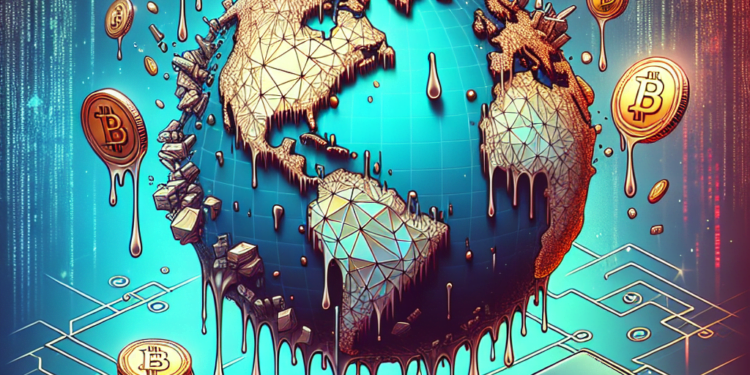In recent years, the world of digital assets has evolved beyond the familiar confines of cryptocurrencies. Its latest development? Non-Fungible Tokens, often abbreviated as NFTs. With NFTs, every piece of digital property, from music, art to virtual real estate, can be uniquely identified and owned. So what exactly are NFTs, and why are they causing such a stir?
Understanding Non-Fungible Tokens (NFTs)
Non-fungible tokens (NFTs) exist on a blockchain—primarily Ethereum—and are unique digital assets that represent ownership of a virtual or physical asset. Fungibility refers to an asset’s interchangeability. For instance, one bitcoin equals another bitcoin. They are interchangeable, and hence fungible. But for NFTs, each token has a unique value that cannot be replaced.
You can think of NFTs much like collector’s items. A rare baseball card or a limited edition comic book are unique items with their own inherent value, and they are not directly interchangeable for other cards or books. NFTs behave the same way but in the digital realm.
The Appeal and Impact of NFTs
NFTs are attractive because they democratize and decentralize the ownership and sale of assets, particularly creative works. Artists who produce digital works can mint them into NFTs and sell them on a marketplace, receiving direct compensation from the sale.
This is a colossal shift for artists who are accustomed to middlemen taking a significant portion of their revenue. Another game-changer is the concept of royalties. With smart contracts, artists can earn a percentage each time their work is resold, appreciating their ongoing contribution to the work’s value.
Notable NFT Cases
Perhaps the most famous NFT sale is that of artist Beeple (Mike Winkelmann), who sold his digital artwork “Everydays: The First 5000 Days” for an incredible $69 million. This example illuminated the earning potential within the NFT market and attracted many artists to it.
Other notable cases include Jack Dorsey, Twitter’s CEO, who sold his first tweet as an NFT for $2.9 million. Even celebrities like Grimes, Lindsay Lohan, and several NBA players have taken to creating and selling NFTs.
Criticisms and Concerns
NFTs are not without critics and skeptics. Concerns range from the environmental impact due to the excessive energy consumption of mining Ethereum, to issues surrounding ownership. Despite owning an NFT, holders don’t actually own the copyright of the item, leaving opportunities for infringement.
The Future of NFTs
While questions and criticisms surround them, NFTs are solidifying their place in the digital world. People are excited about the opportunities they bring, particularly within the worlds of art, music, and gaming. Even prestigious auction houses like Sotheby’s and Christie’s are now dealing in NFTs, proving their increasing acceptance within mainstream circles.
For the further adoption of NFTs, improvements will need to be made concerning energy consumption, making it more sustainable in the long run. Also, there is a need for legal frameworks to better protect buyers, sellers, and original creators.
Conclusion
NFTs are undoubtedly shaking up the digital asset landscape with their unique approach to ownership and selling. As we delve deeper into the digital world, the ability to transfer digital property ownership in a secure, decentralized way has immense potential.
For the latest updates on NFTs and other developments in the world of Decentralized Finance, check out DeFi Daily News.
Frequently Asked Questions (FAQs)
What are Non-Fungible Tokens (NFTs)?
Non-Fungible Tokens (NFTs) are a type of digital asset that represent ownership of unique items or content, stored on the Ethereum blockchain.
Why are NFTs popular?
NFTs have become popular because they allow artists and creators to sell their work directly to consumers without requiring a middleman. Additionally, artists can earn royalties each time their work is resold, which was not possible before.
What are some challenges facing NFTs?
Some of the main criticisms of NFTs are their environmental impact due to the high energy consumption of mining Ethereum, and issues surrounding ownership and copyright infringement.



















